Article By: Dipesh Kachhia
Diagnostic imaging centers play a crucial role in healthcare, offering services like MRIs, CT scans, X-rays, and ultrasounds to help diagnose and monitor various conditions. Given the importance of these services, ensuring a positive patient experience is essential. Not only does it boost patient satisfaction and outcomes, but it also enhances the center’s overall efficiency and reputation. Here are the top five ways to improve patient service in a diagnostic imaging center.
1. Simplify Appointment Scheduling and Registration
Online and Mobile Scheduling
One of the biggest hassles for patients is booking an appointment. Implementing an online and mobile scheduling system can make a world of difference by providing flexibility and convenience. Patients should be able to see available slots, book appointments, and get instant confirmations. Integrating this system with electronic health records (EHRs) ensures that patient data is updated automatically, reducing the administrative workload and minimizing errors.
Pre-registration and Automated Check-in

Offering pre-registration options allows patients to complete necessary paperwork online before arriving at the center. Automated check-in kiosks can speed up the process even more, allowing patients to check in as soon as they arrive, with minimal waiting time. This not only improves the patient experience but also streamlines the workflow for staff.
Appointment Reminders and Follow-ups
Automated reminders via text messages, emails, or phone calls can significantly reduce no-show rates. These reminders can include preparation instructions, ensuring that patients come prepared for their procedures. Follow-up communications after the appointment can gather feedback and provide additional care instructions, showing a commitment to patient care beyond the visit.
2. Improve Communication and Patient Education
Clear and Transparent Communication
Effective communication is critical in healthcare settings. Patients should be fully informed about their procedures, including what to expect before, during, and after the imaging process. Clear instructions and information about potential risks and benefits can alleviate anxiety and build trust.
Patient Education Materials
Providing educational materials, both in print and digitally, can help patients better understand their conditions and the diagnostic processes. Interactive tools such as videos or virtual tours of the imaging center can demystify the experience and prepare patients for their visits.
Multilingual Support
In diverse communities, offering multilingual support is essential. Ensuring that information is available in multiple languages and that interpreters are accessible can significantly improve the patient experience for non-English speaking patients.
3. Enhance Comfort and Privacy
Patient Comfort During Procedures
Diagnostic imaging procedures can be intimidating and uncomfortable. Efforts to enhance patient comfort, such as providing warm blankets, noise-canceling headphones, or entertainment options like music or videos, can make a significant difference. Ensuring that staff are trained to offer reassurance and support can also help alleviate patient anxiety.
Privacy and Dignity
Maintaining patient privacy is paramount. Ensuring that changing rooms are secure and private, and that patient information is handled with confidentiality, fosters trust and respect. Clear protocols for handling patient data and educating staff on privacy regulations are essential components of this effort.
Comfortable Waiting Areas
Waiting areas should be designed to be as comfortable and welcoming as possible. Providing comfortable seating, reading materials, Wi-Fi access, and refreshments can help make waiting times more pleasant. Additionally, keeping patients informed about any delays and the expected wait times demonstrates respect for their time.
4. Ensure Efficient and Compassionate Staff
Staff Training and Development
Investing in comprehensive training programs for staff can improve both technical skills and patient interaction capabilities. Training should cover not only the operation of imaging equipment but also soft skills such as empathy, communication, and cultural competence. Continuous professional development opportunities can help staff stay updated with the latest advancements and best practices.
Empathy and Patient-Centered Care
Encouraging a culture of empathy and patient-centered care is crucial. Staff should be trained to listen to patients’ concerns, provide clear explanations, and offer emotional support. Recognizing and addressing the unique needs of each patient can significantly enhance their experience.
Adequate Staffing Levels
Ensuring adequate staffing levels is essential to prevent burnout and ensure that staff can provide attentive and unhurried care. Overworked staff are less likely to engage positively with patients, which can negatively impact the overall patient experience.
5. Leverage Technology and Innovation
Advanced Imaging Technology
Investing in the latest imaging technology can improve the accuracy and efficiency of diagnostic services. Faster and more precise imaging equipment can reduce the time patients spend in the facility and improve diagnostic outcomes. Additionally, technology that reduces radiation exposure or enhances image quality can further contribute to patient safety and satisfaction.
Telehealth and Remote Consultations
Telehealth services can provide patients with easy access to consultations and follow-ups without the need for in-person visits. This is particularly beneficial for patients with mobility issues or those living in remote areas. Remote consultations can also expedite the diagnostic process, allowing for quicker treatment planning.
Patient Portals and Digital Health Records
Implementing patient portals allows patients to access their medical records, view imaging results, and communicate with their healthcare providers online. This transparency and accessibility empower patients to take an active role in their healthcare. Integrating digital health records across different healthcare providers ensures continuity of care and reduces the need for duplicate tests.
Conclusion
Improving patient service in a diagnostic imaging center requires a multifaceted approach that prioritizes convenience, communication, comfort, staff efficiency, and technological innovation. By simplifying appointment scheduling and registration, improving communication and patient education, enhancing comfort and privacy, ensuring efficient and compassionate staff, and leveraging the latest technology, diagnostic imaging centers can significantly improve the patient experience. These improvements not only lead to higher patient satisfaction but also contribute to better clinical outcomes and a stronger reputation in the healthcare community.





